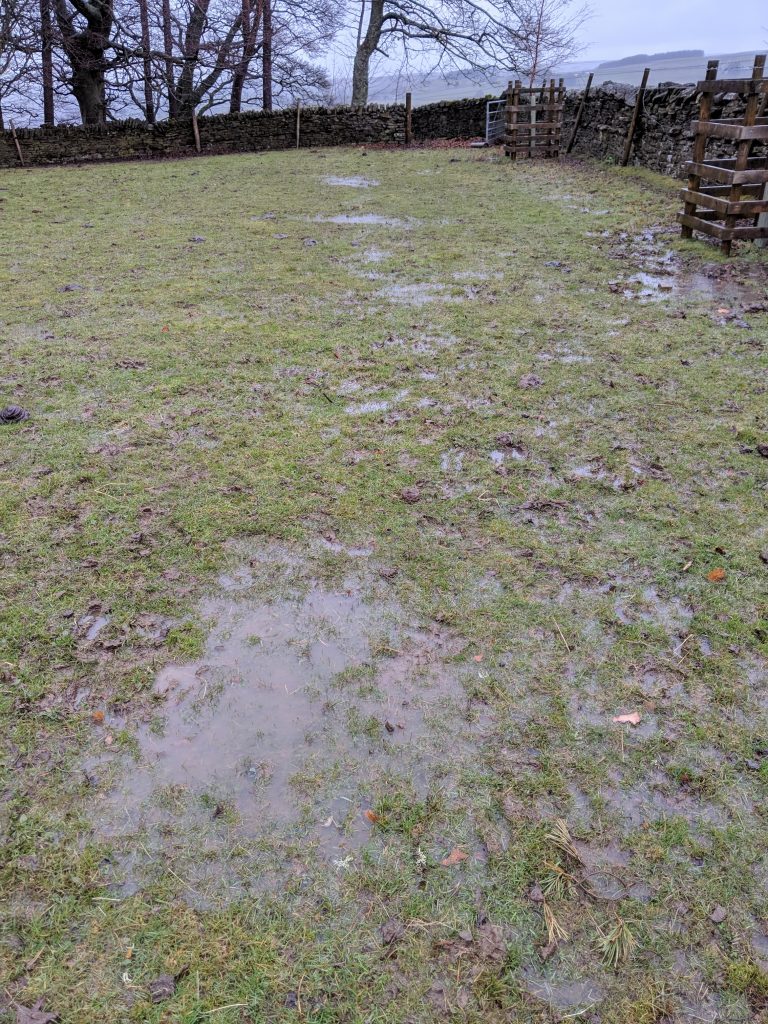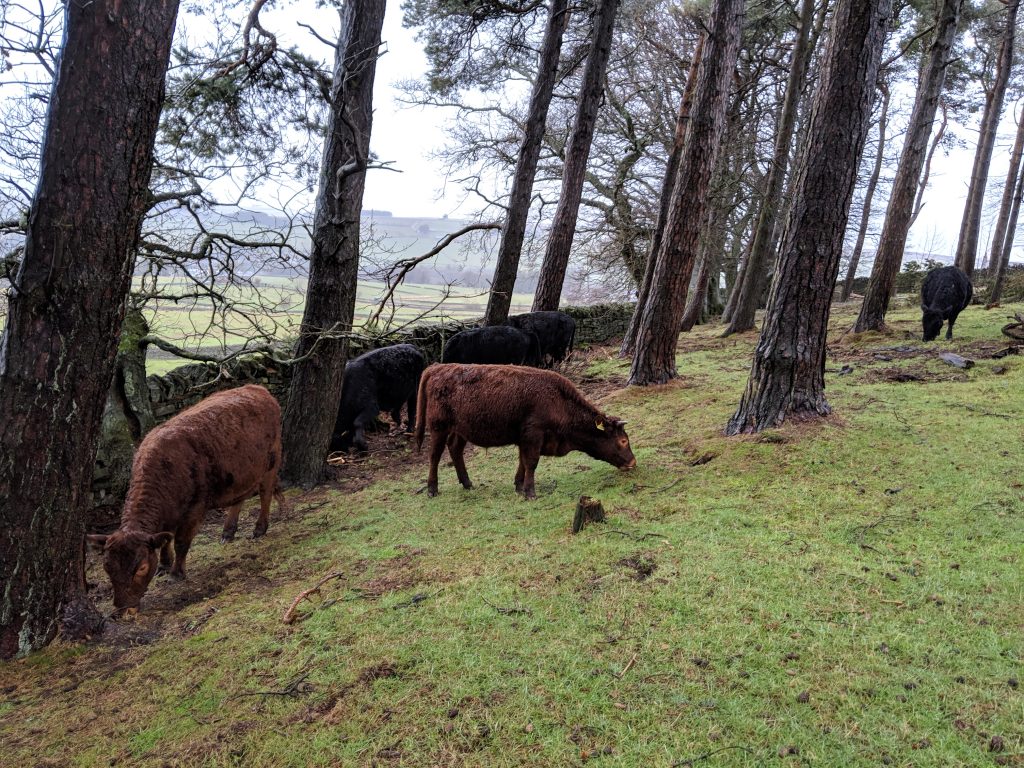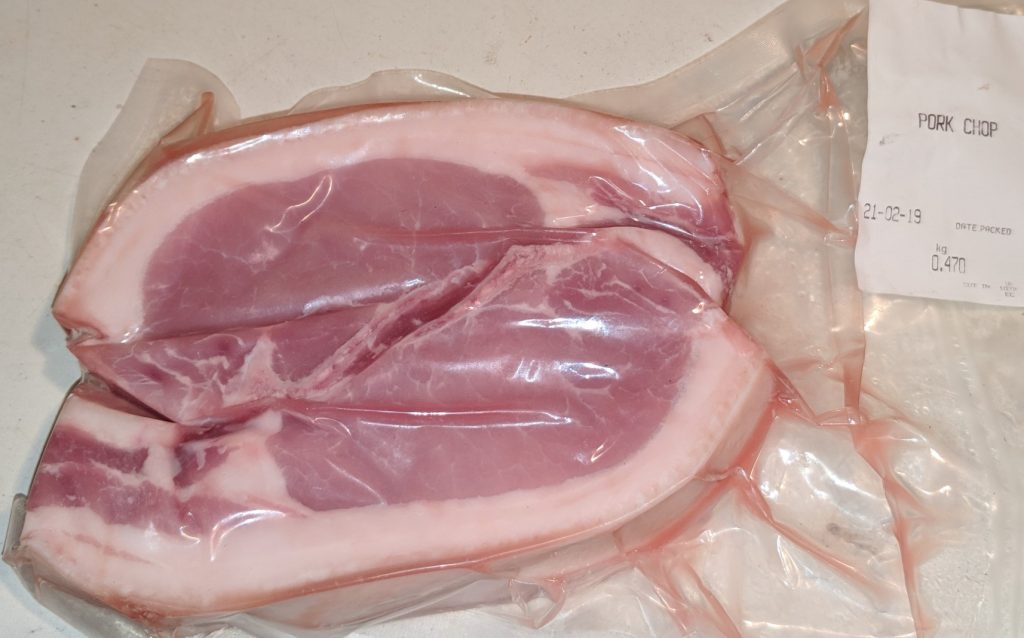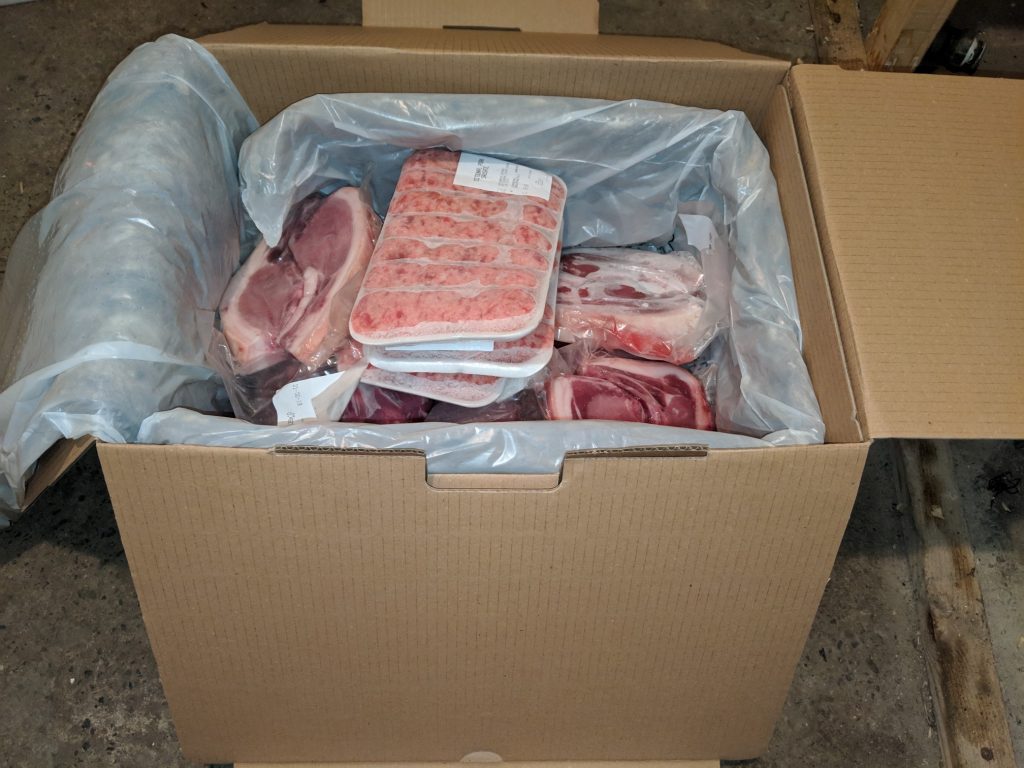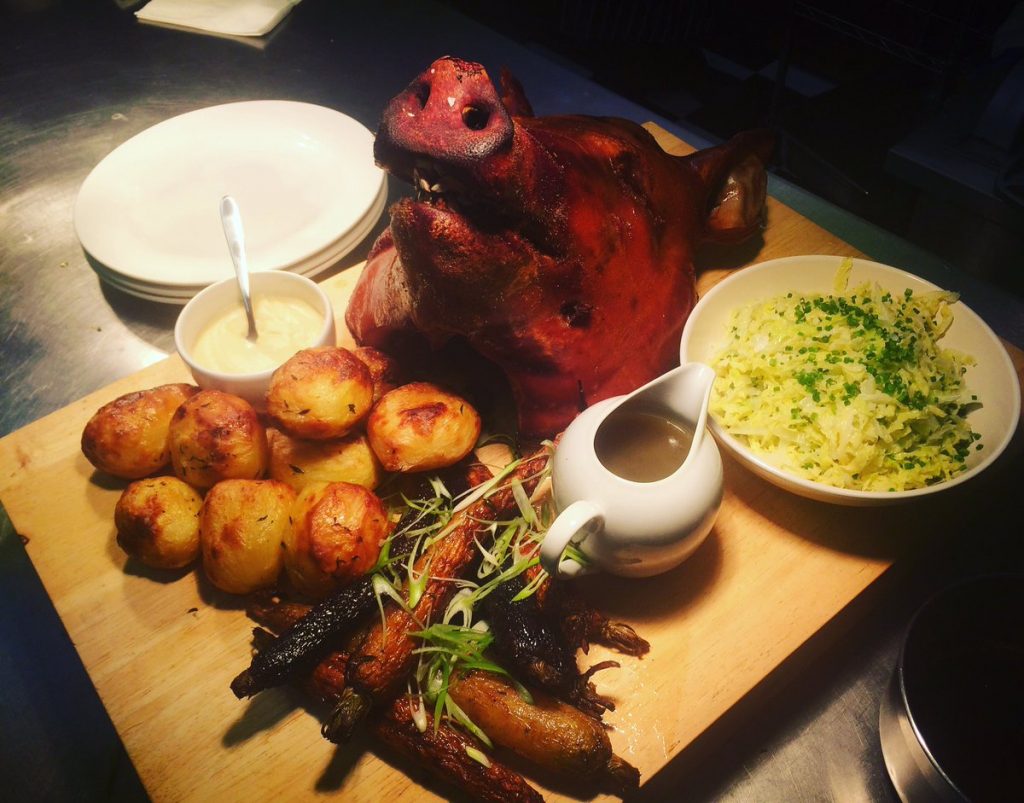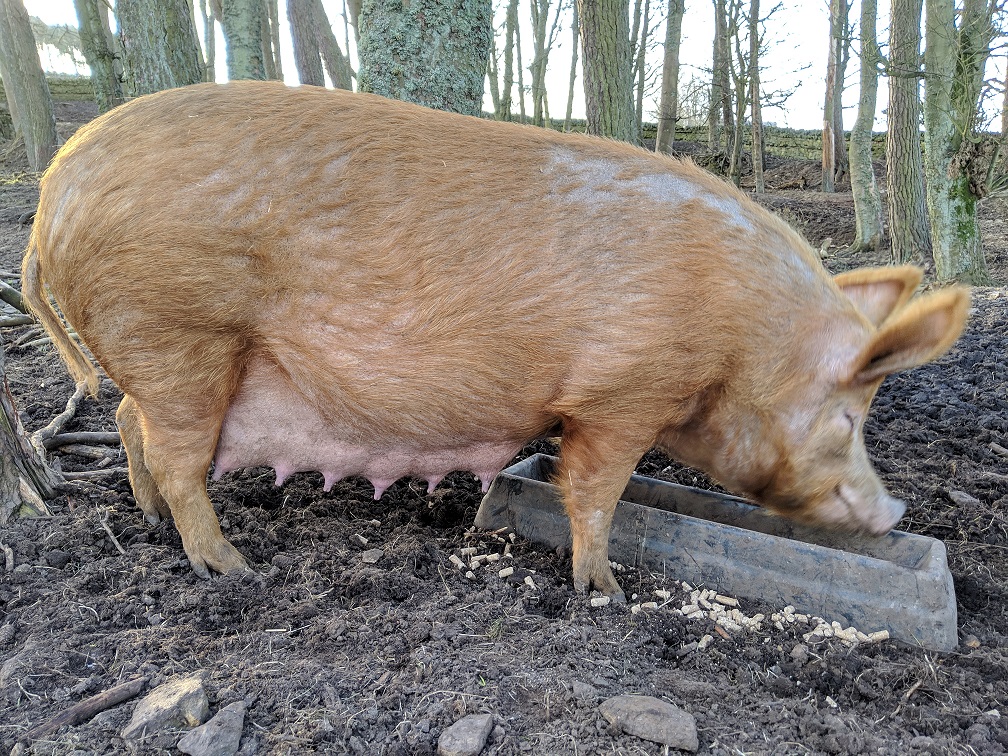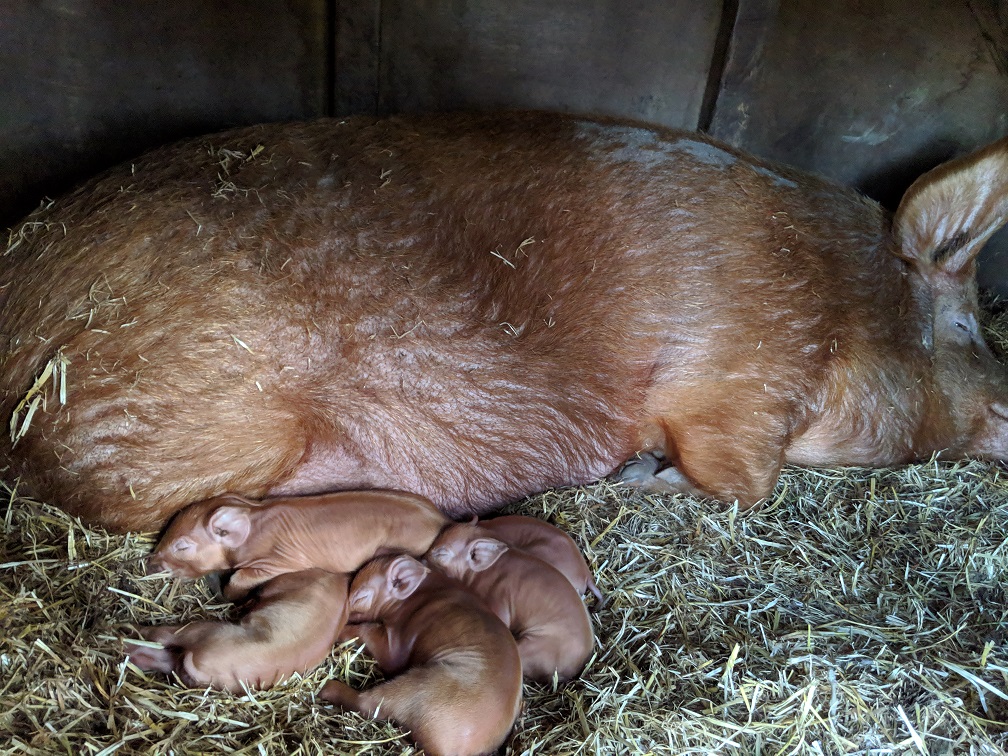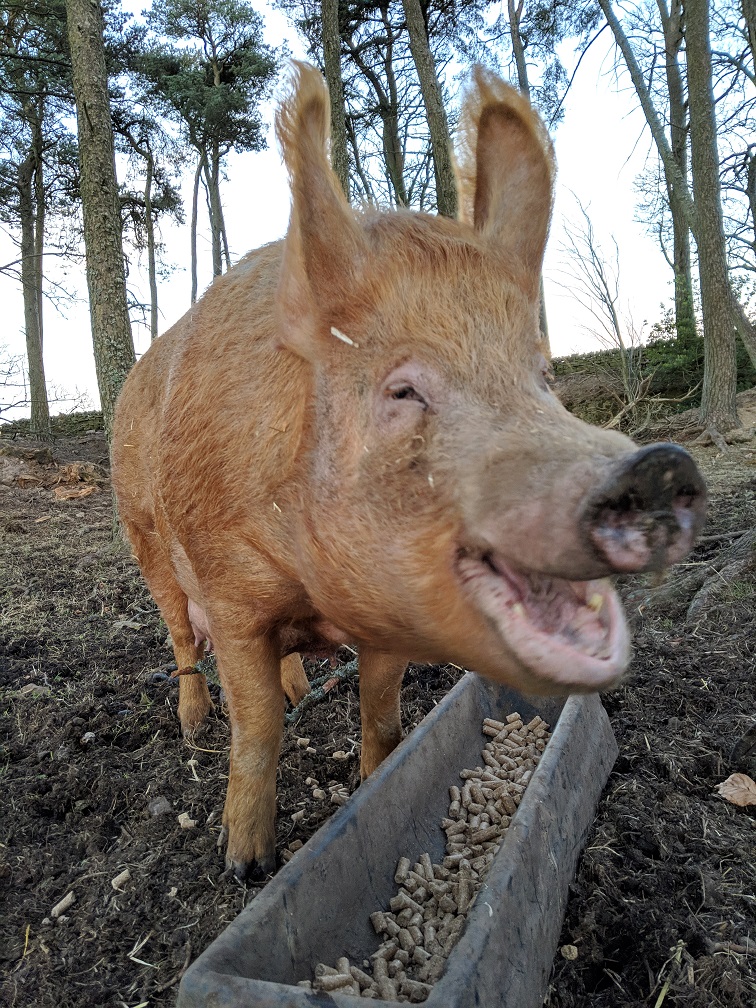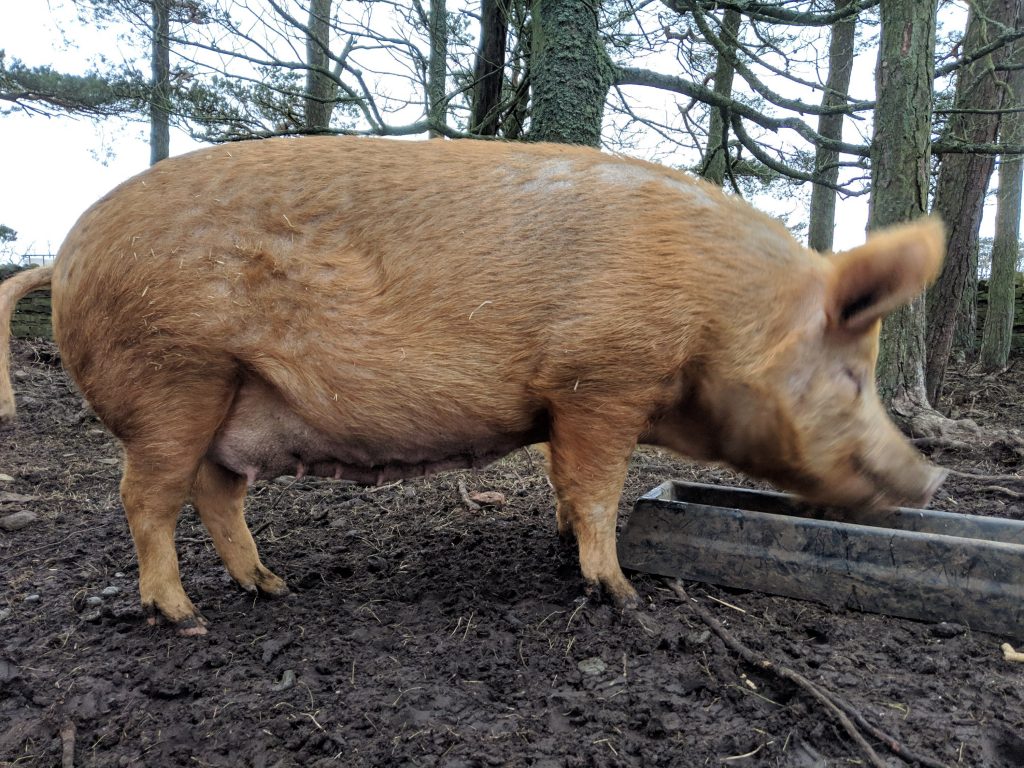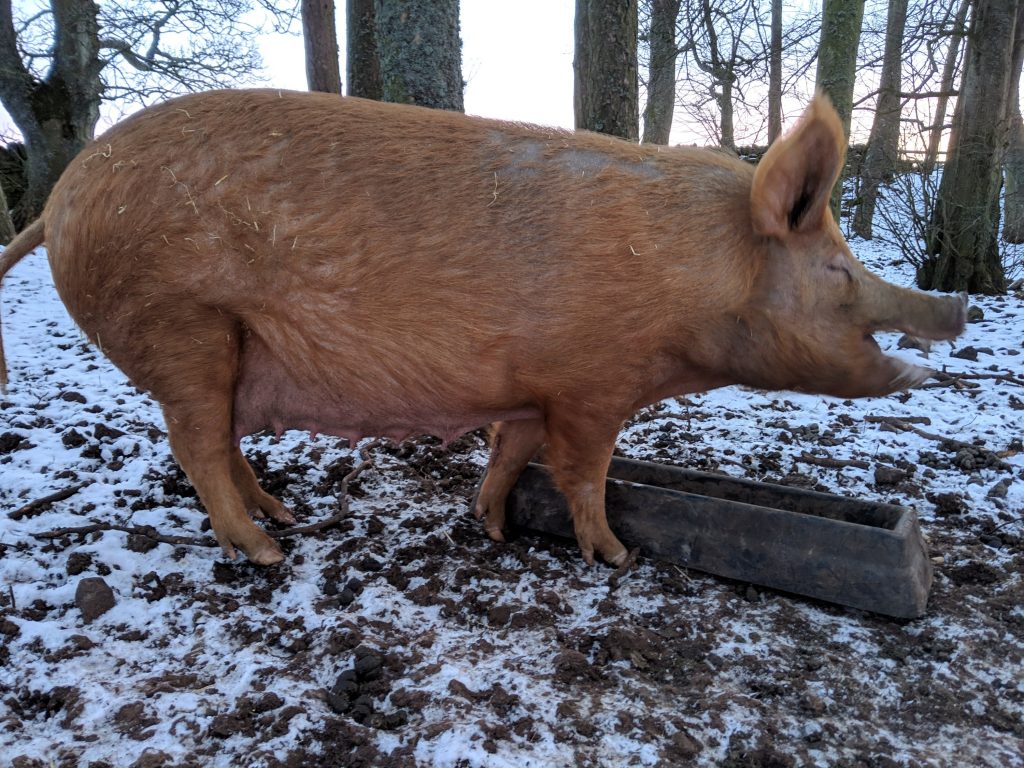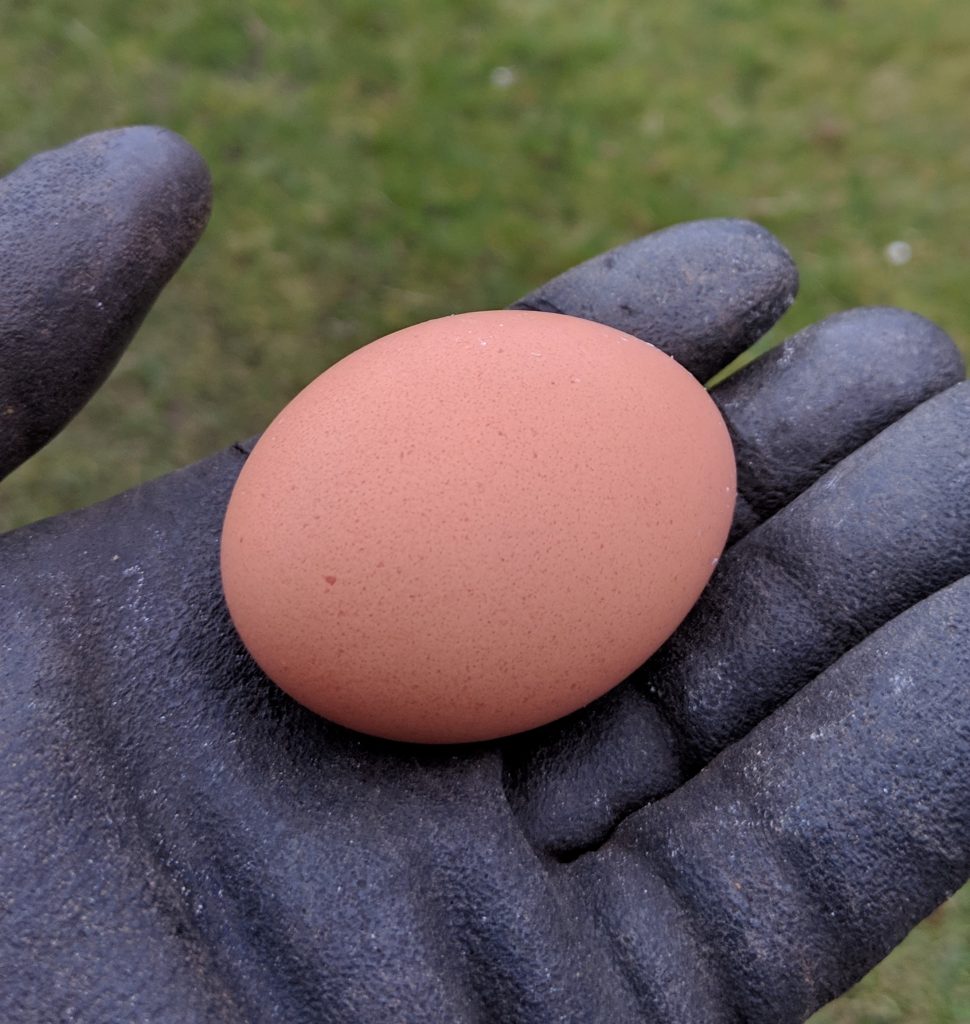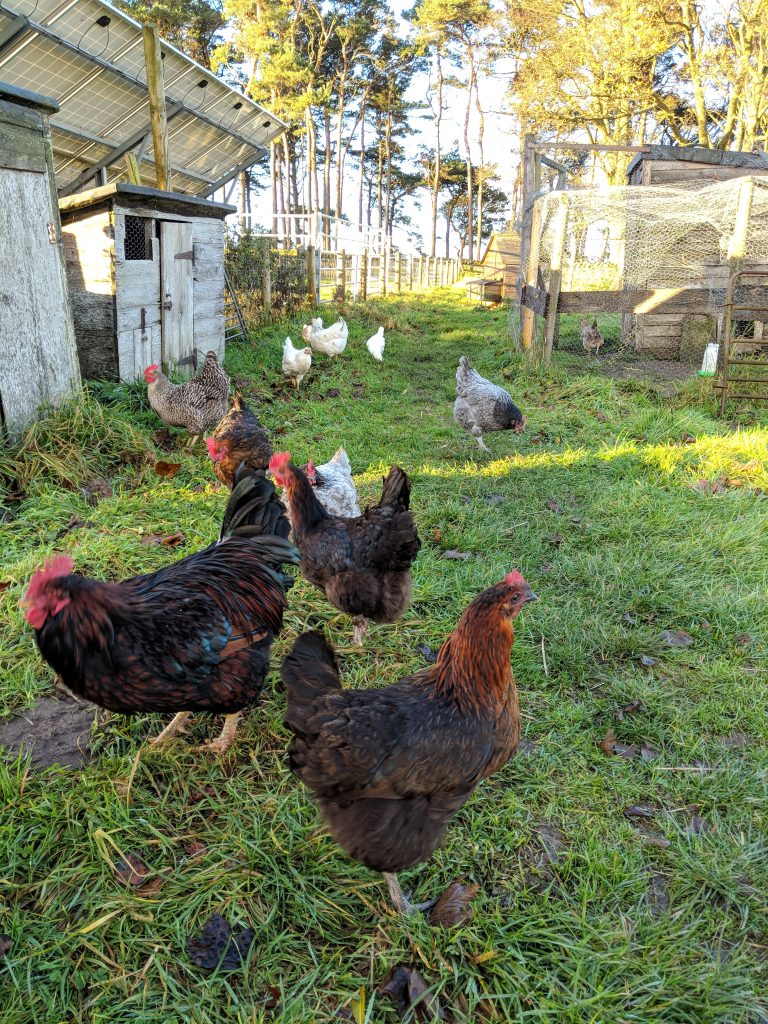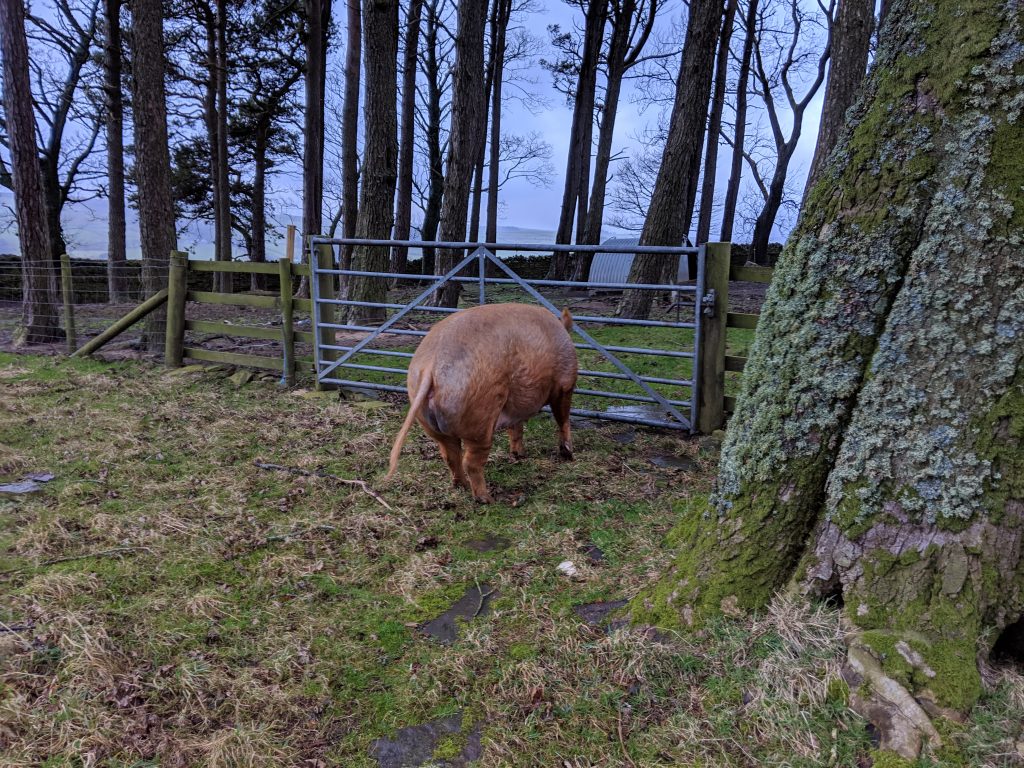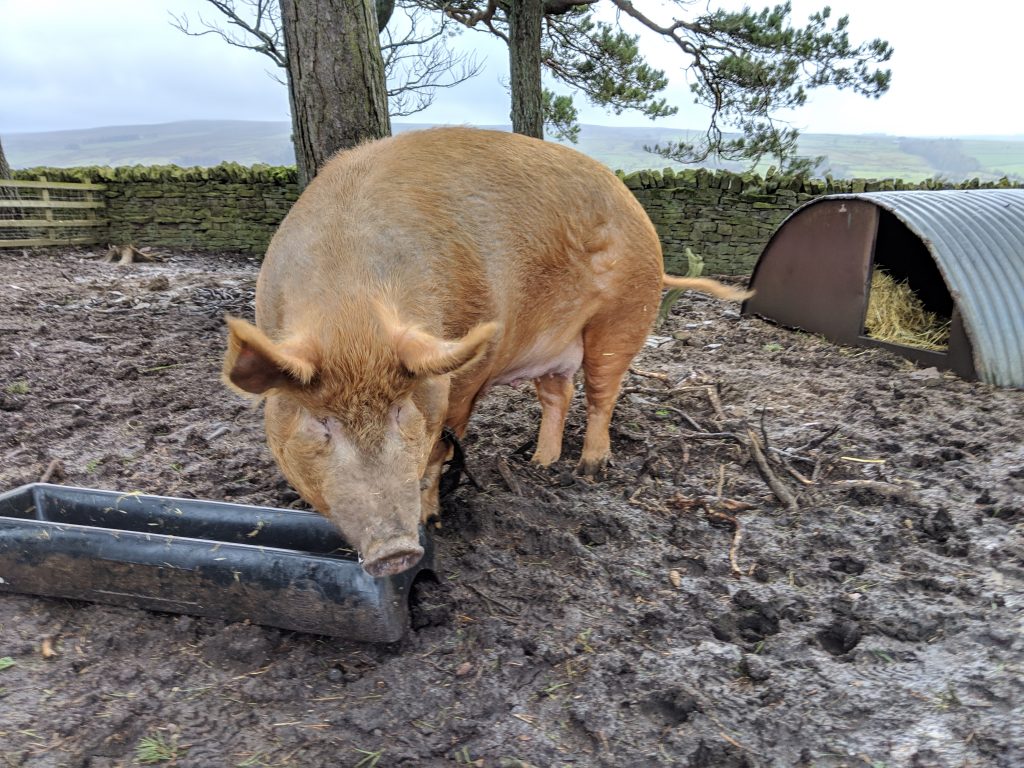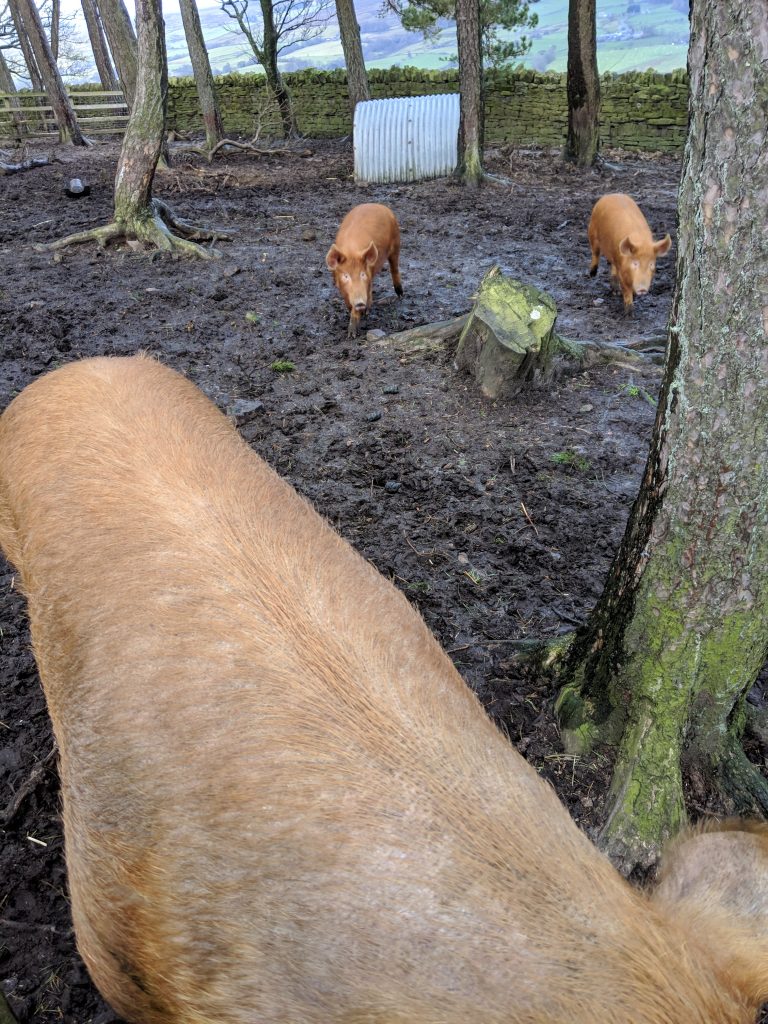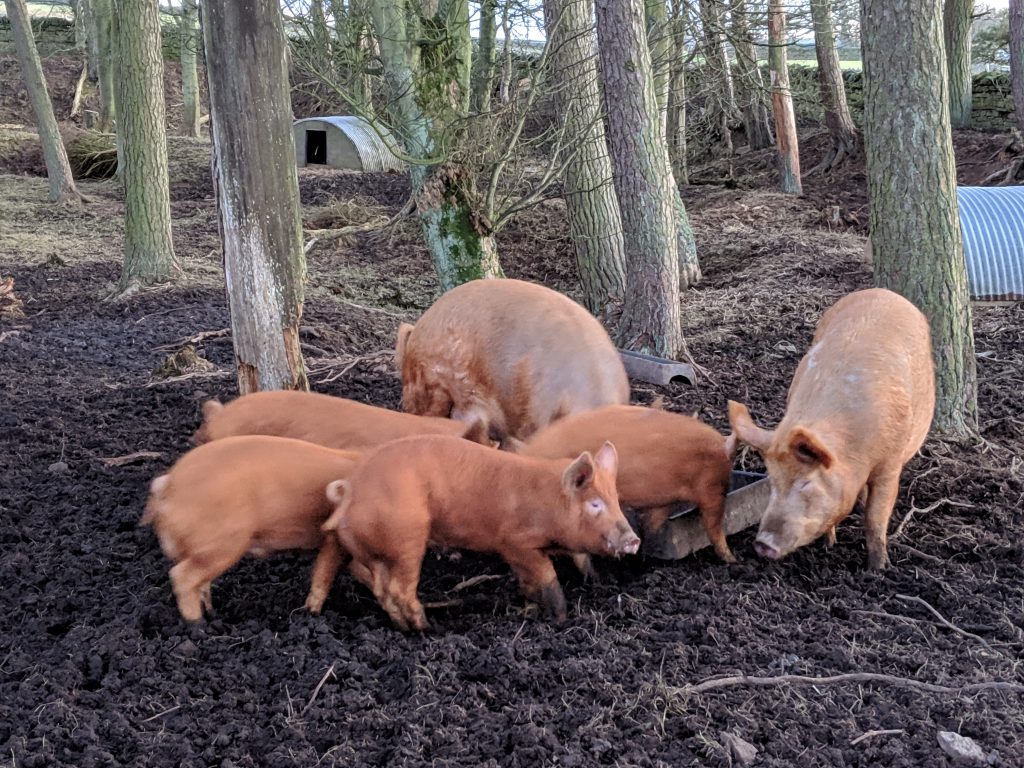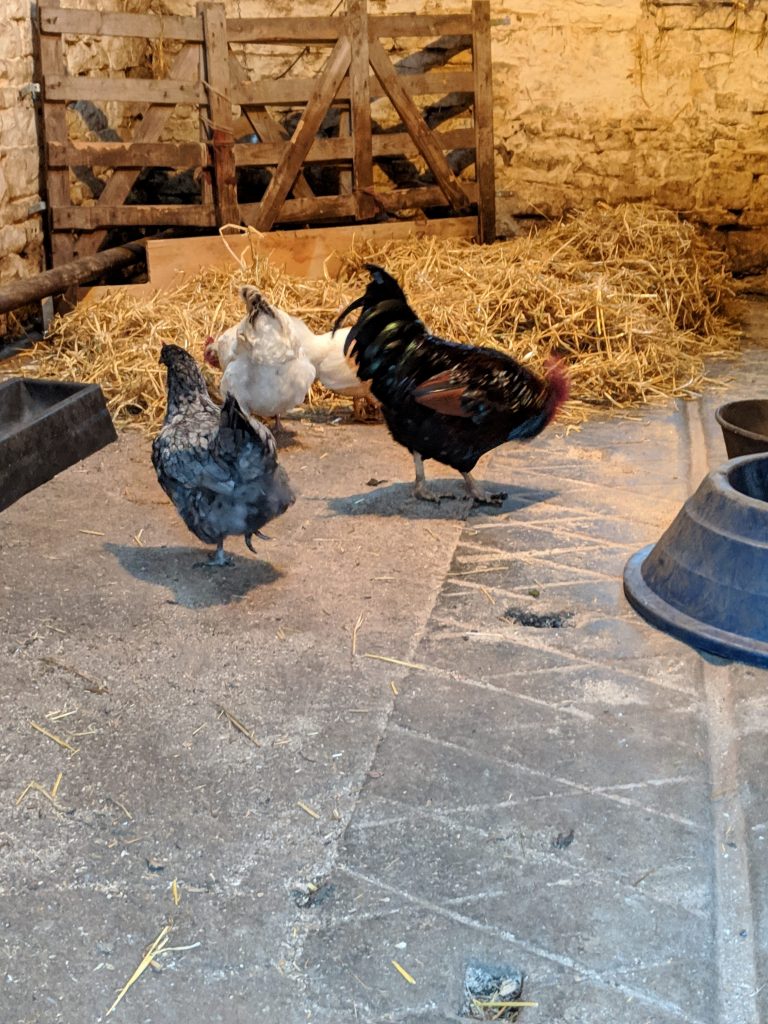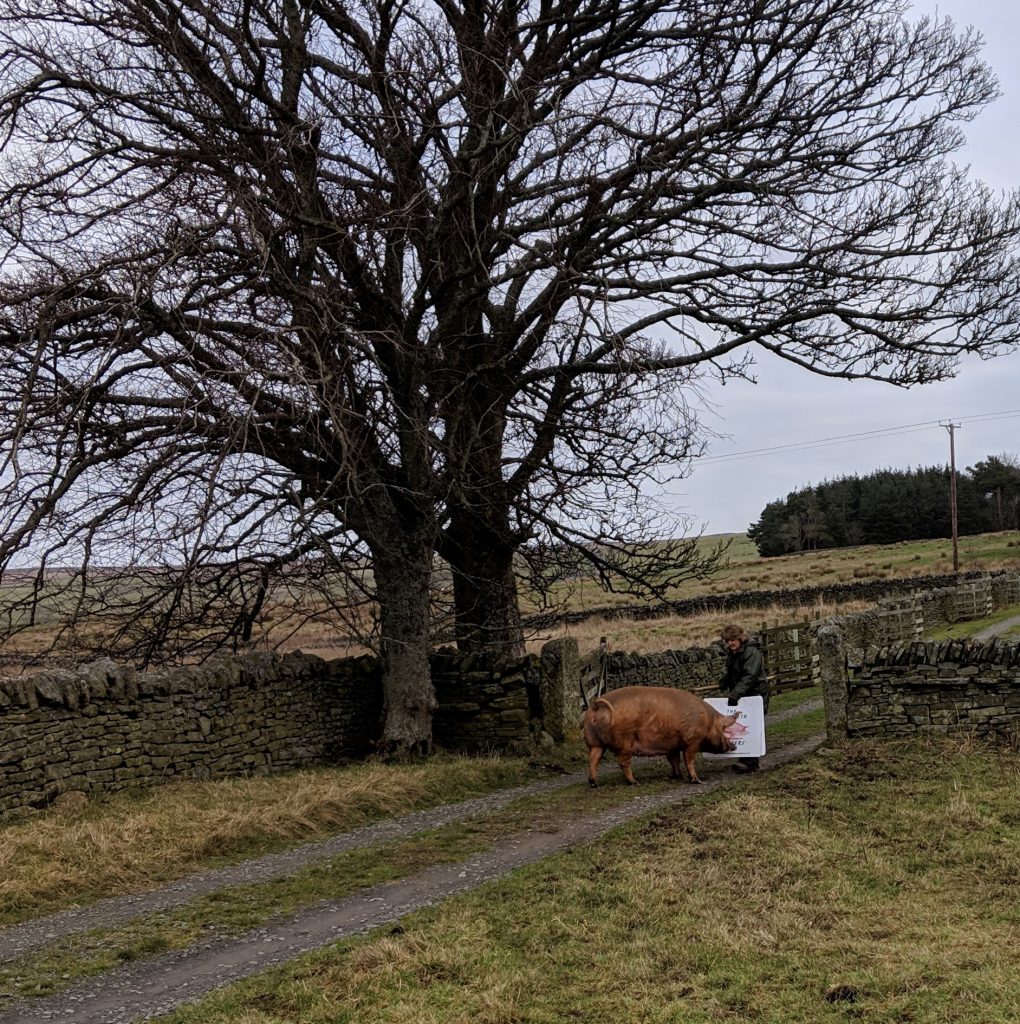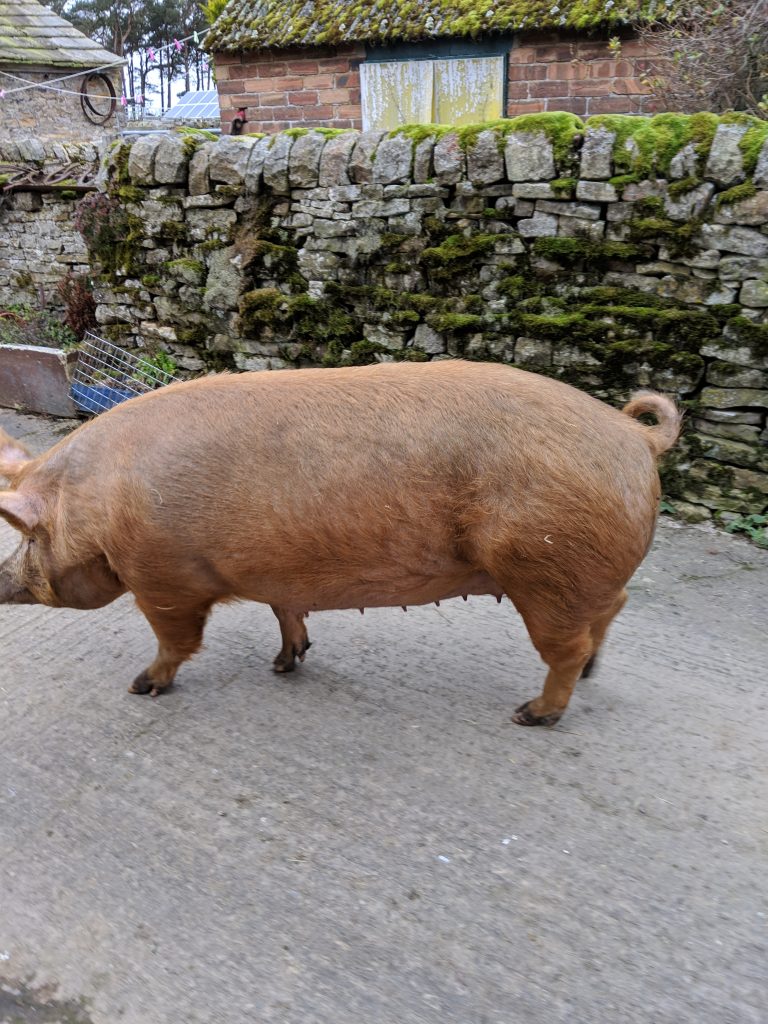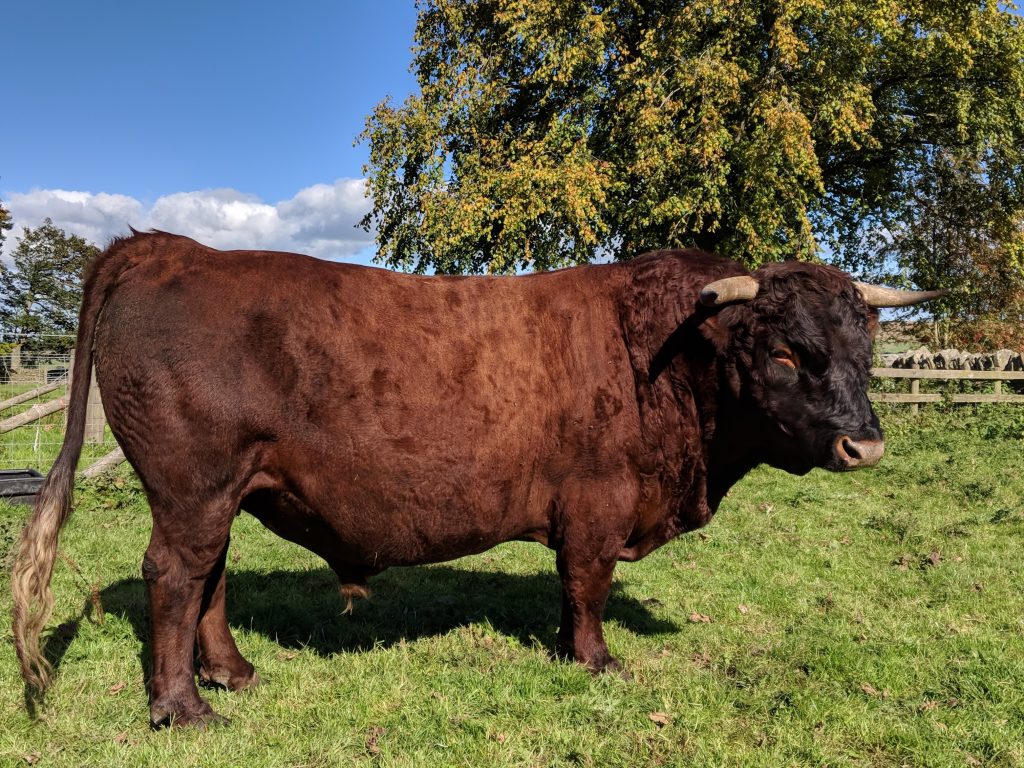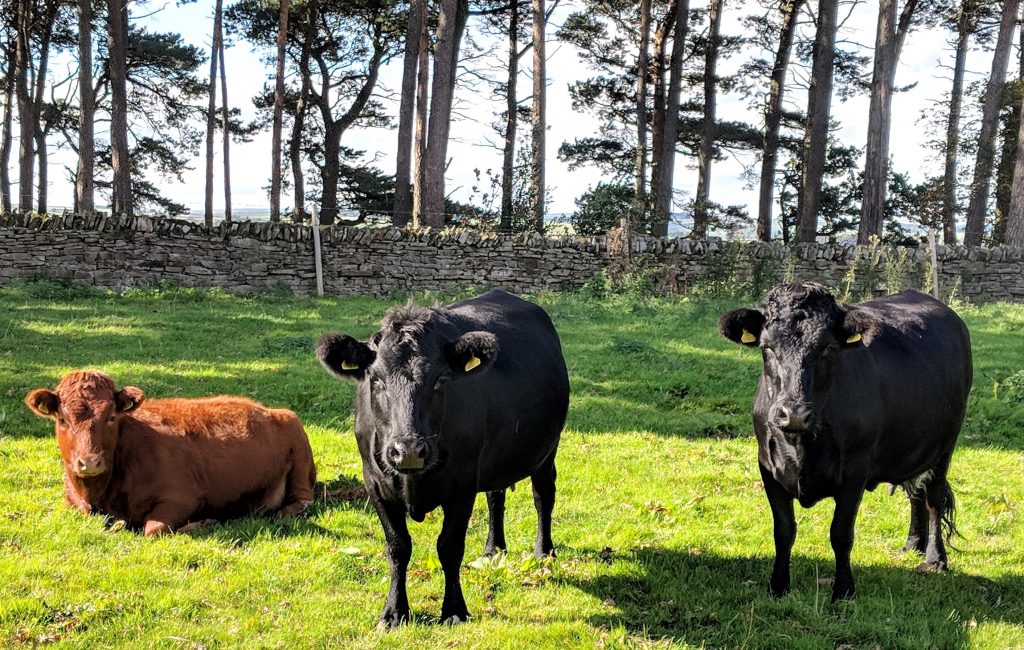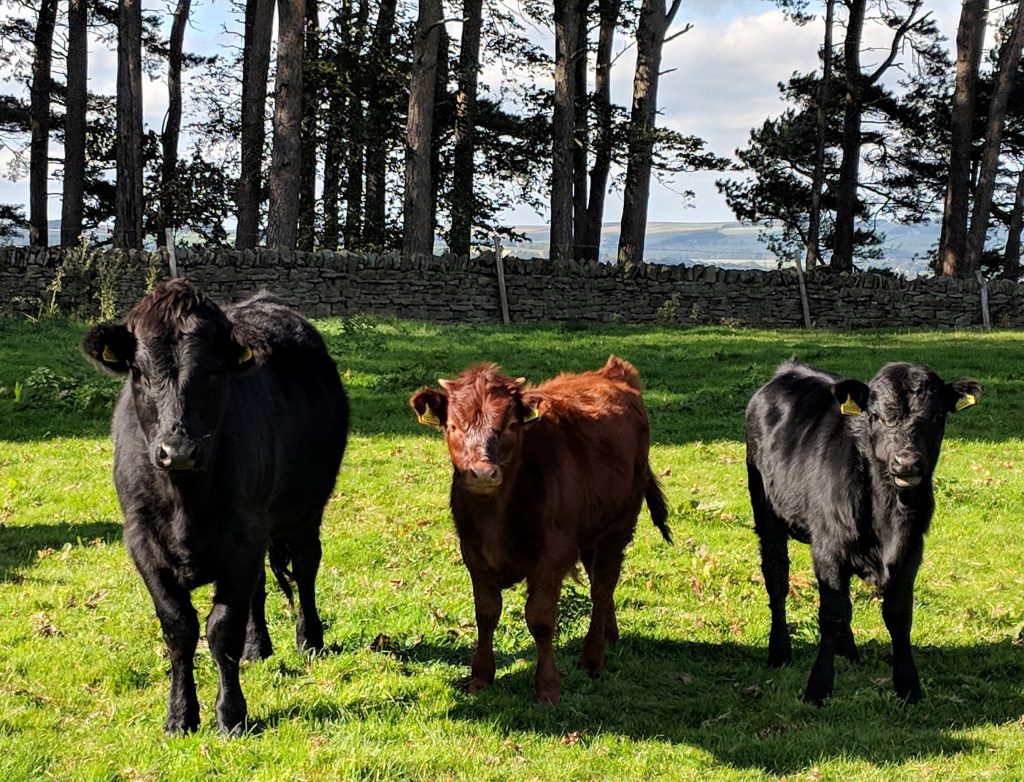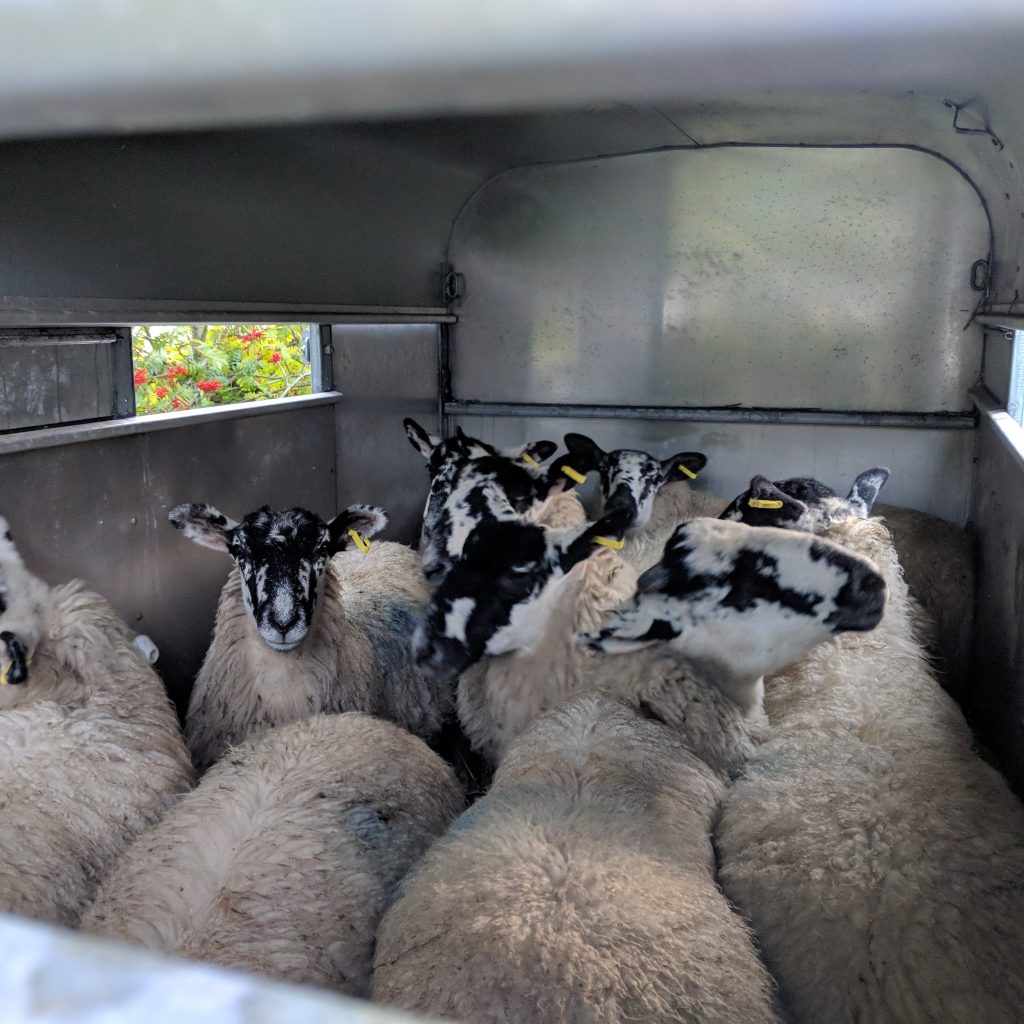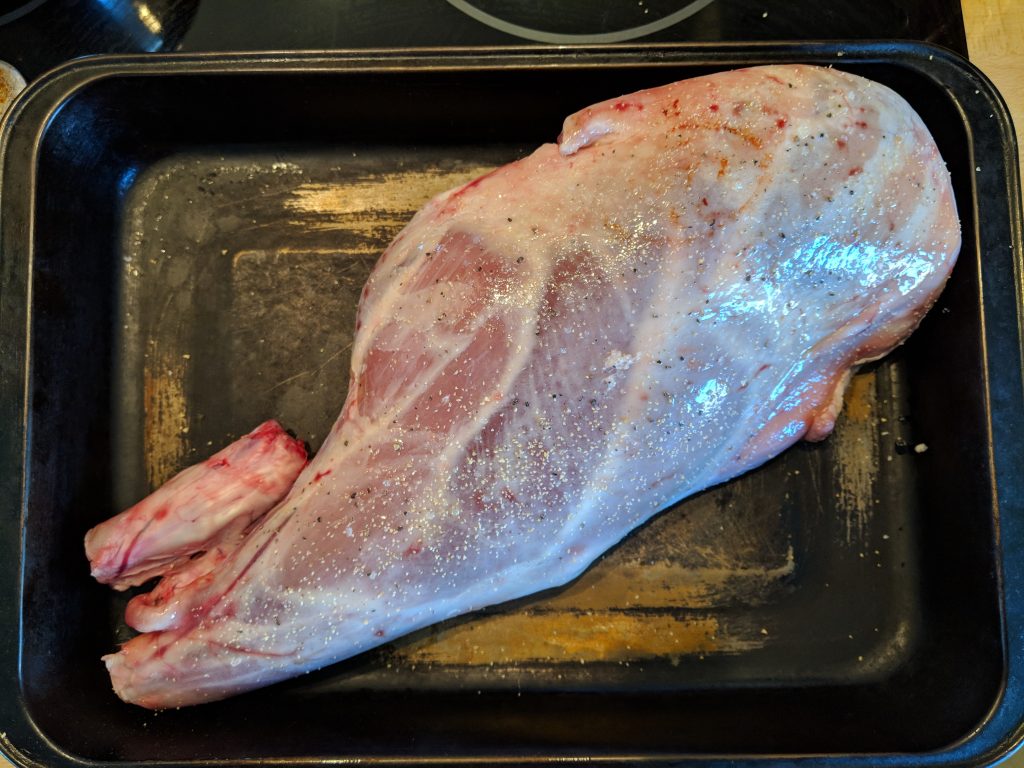The miserable weather seems to have gone away (for the moment) so I could start on some of the pending jobs that have been put off due to the wet ground.
First up was a move for the cattle into an adjacent field which, although not perfect by any means, is definitely better for them than their previous watery, muddy home.
There was a slight detour at first when the back garden seemed a lot more interesting to them. This was mostly due to Daisy taking advantage of an opportunity but I managed to herd them back to the right place without too much collateral damage.
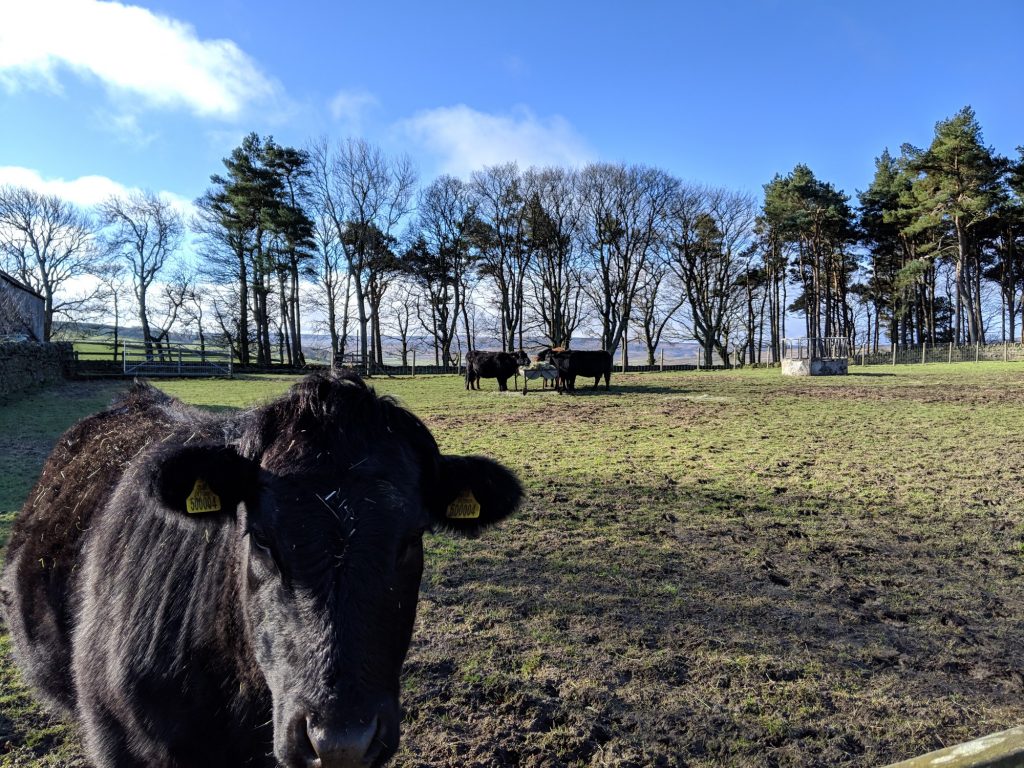
Once they were into the correct field they soon settled in with a bale of hay and some fresh water. A short time after the photo above they were spotted having a quick snooze in the welcome early spring sunshine.
As I had hoped, a similar kind of move for Esther and her litter went completely to plan with no detours or other shenanigans. So long as the piglets can see their mother they will happily wander along behind her. However if they lose sight of her then all bets are off!

The hardest part with these moves is keeping everyone moving along together because they can be easily distracted by tasty tufts of grass, an old tree branch or a quick root around in the mud.
There was even a chance for the new (and nosy) neighbours to check on things as we made our way through the woods to the new pen.
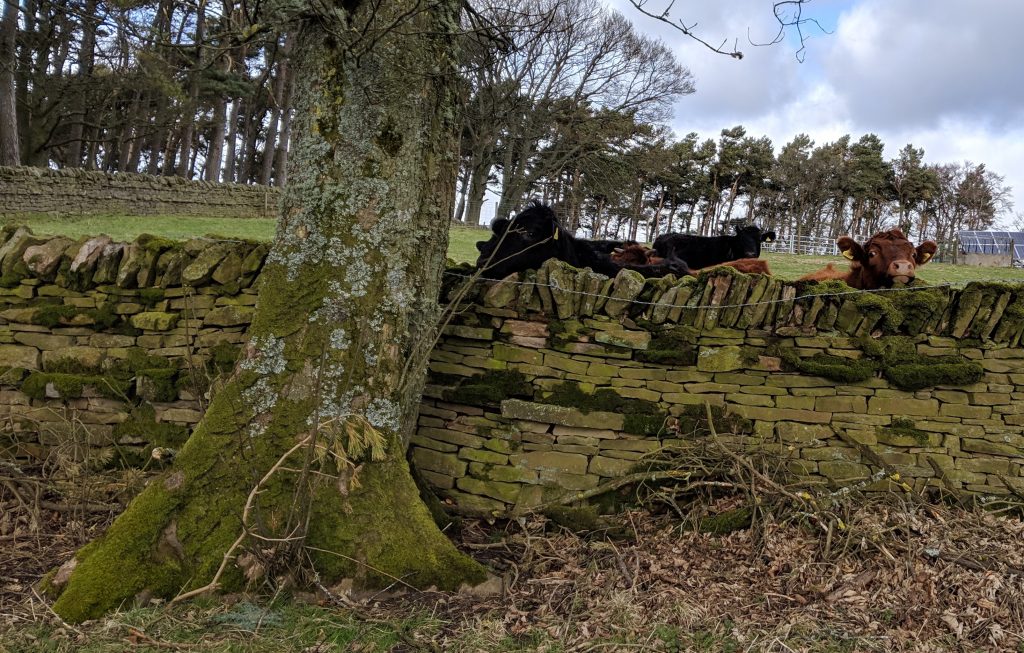
In no time at all the pigs were happily into the designated pen and exploring their new space. Of course, Esther had to adjust the straw in the pig ark because she’s never happy with my initial efforts but she’s a great mother so I can put up with that.
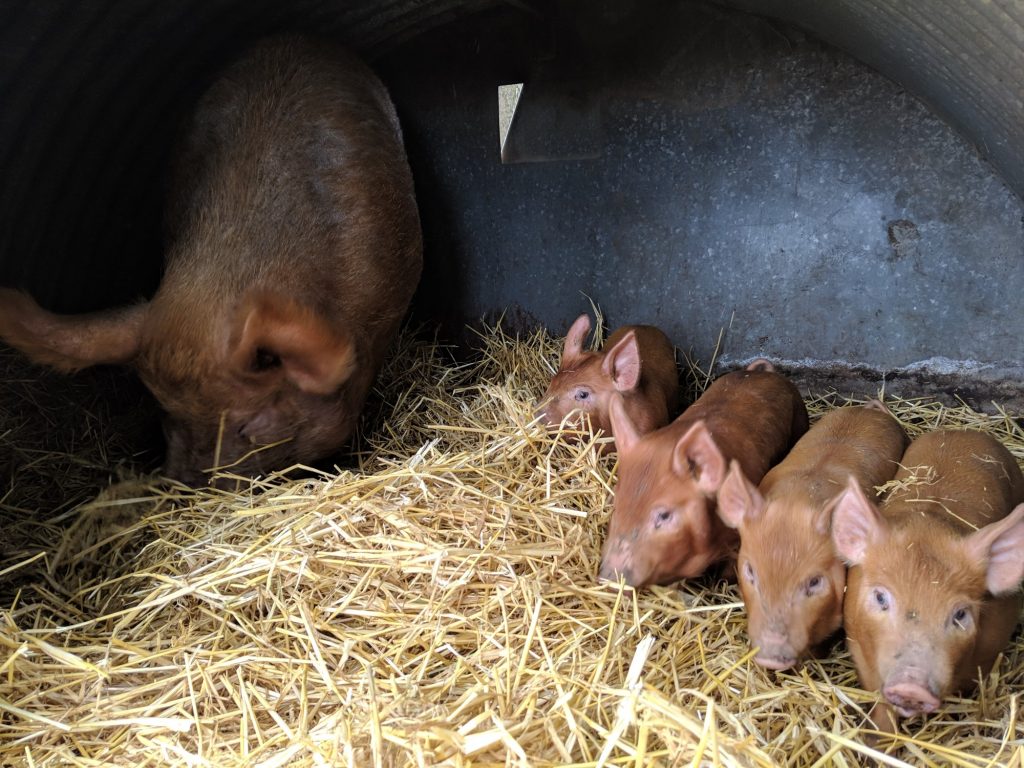
For the piglets the first hour or so also involves testing the electric fence with associated brief squeals but it doesn’t cause any permanent damage for them and they soon learn the limits of the pen.
Now I can see that the weather forecast shows -2° C here overnight but I know the pigs will be fine, huddled in a pile with their fresh straw.
As for the Dexters, I’m not sure they’ll notice as they’ve still got their thicker winter coats for the moment.
